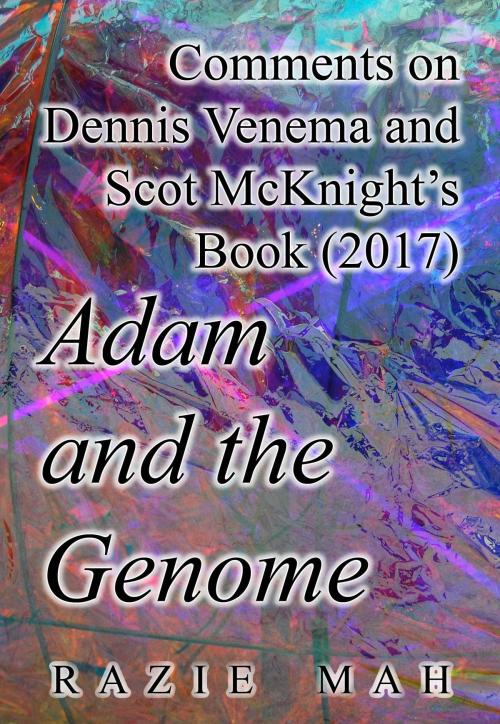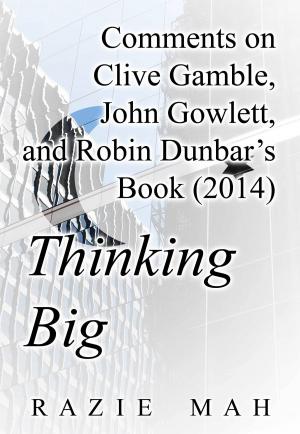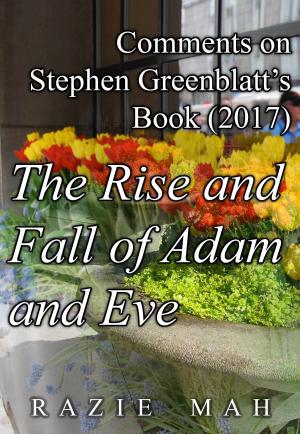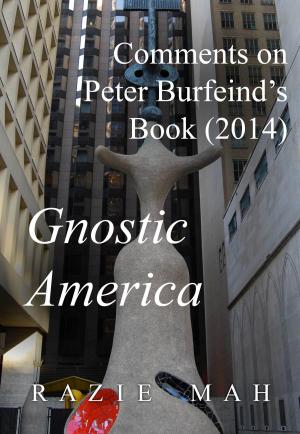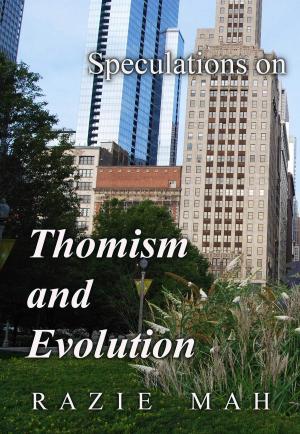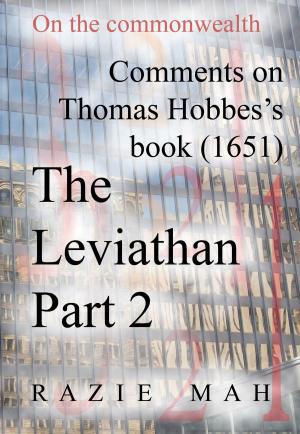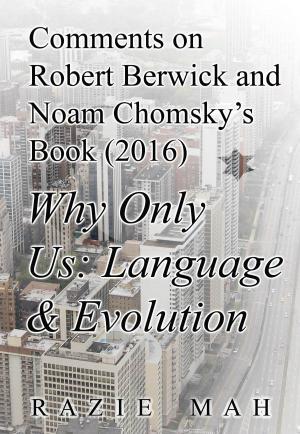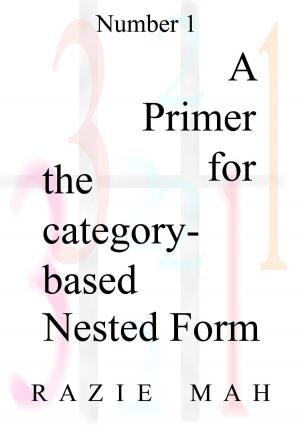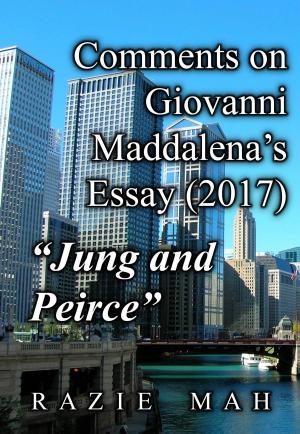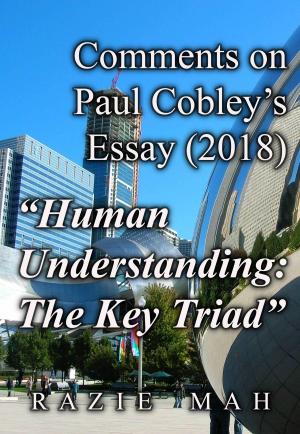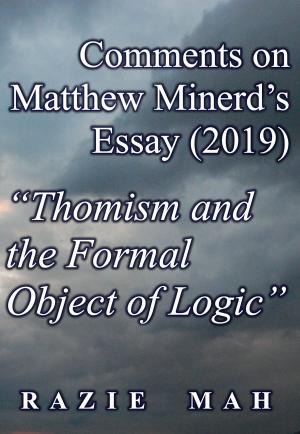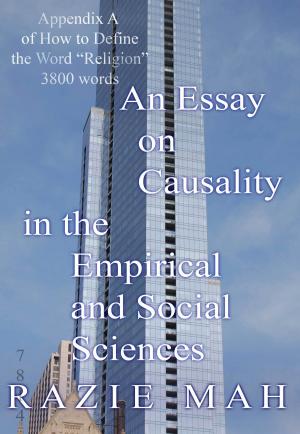Comments on Dennis Venema and Scot McKnight’s Book (2017) Adam and the Genome
Nonfiction, Religion & Spirituality, Theology, Christianity| Author: | Razie Mah | ISBN: | 9781942824374 |
| Publisher: | Razie Mah | Publication: | June 24, 2017 |
| Imprint: | Smashwords Edition | Language: | English |
| Author: | Razie Mah |
| ISBN: | 9781942824374 |
| Publisher: | Razie Mah |
| Publication: | June 24, 2017 |
| Imprint: | Smashwords Edition |
| Language: | English |
Saint Augustine formulated Original Sin in order to justify infant baptism. The theological concept turned out to be very useful. It became Christian doctrine.
Augustine postulated that Original Sin was transmitted through procreation. The sexual union was the path of descent.
Today, this implies that a historical Adam and Eve are the biological ancestors (or “parents”) of all humans. This theoretically locates Adam and Eve between 50kyr and 300kyr ago, when the first anatomically modern humans appear in the fossil record.
Venema shows that this cannot be the case. The genetic variability of humans does not support a genetic bottleneck of only two people.
Augustine also treated Adam and Eve as historical characters, reading the second creation story in Genesis as an actual event.
McKnight shows that this is not tenable. Religious literature before Augustine took Adam and Eve to be literary, archetypal and bearing the image of God. Their stories are taken as lessons, not as reports of factual events.
So, Adam and Eve are founders. They begin the genealogies. But, they are not founders of humans in the modern biological sense of the word.
In sum, Venema and McKnight lower the curtains on Augustine’s play on Original Sin.
However, the curtains come alive. On one side, the category-based nested form shows that biological descent with modification has the same relational structure as the message underlying the word “religion”. A theological mystery resides at the heart of Darwinism. On top of that, this mystery compares to the relational structure of the postmodern university, leading to some wonderful and goofy word play.
On the other side, a scientific hypothesis sheds new light on McKnight’s point of view. This hypothesis addresses the question: Why is our current Lebenswelt not the same as the Lebenswelt that we evolved in?
“The first singularity” is a scientific concept that inspires a re-scripting of the Story of the Fall. The literature of the ancient Near East points to a horizon-limiting cultural event.
The curtains fall on Augustine’s version of the Story of the Fall. Then, miraculously, the curtains themselves come to life with a new - postmodern and scientific - play.
Take a look. It is enough to inspire one to enter a hope for salvation.
Saint Augustine formulated Original Sin in order to justify infant baptism. The theological concept turned out to be very useful. It became Christian doctrine.
Augustine postulated that Original Sin was transmitted through procreation. The sexual union was the path of descent.
Today, this implies that a historical Adam and Eve are the biological ancestors (or “parents”) of all humans. This theoretically locates Adam and Eve between 50kyr and 300kyr ago, when the first anatomically modern humans appear in the fossil record.
Venema shows that this cannot be the case. The genetic variability of humans does not support a genetic bottleneck of only two people.
Augustine also treated Adam and Eve as historical characters, reading the second creation story in Genesis as an actual event.
McKnight shows that this is not tenable. Religious literature before Augustine took Adam and Eve to be literary, archetypal and bearing the image of God. Their stories are taken as lessons, not as reports of factual events.
So, Adam and Eve are founders. They begin the genealogies. But, they are not founders of humans in the modern biological sense of the word.
In sum, Venema and McKnight lower the curtains on Augustine’s play on Original Sin.
However, the curtains come alive. On one side, the category-based nested form shows that biological descent with modification has the same relational structure as the message underlying the word “religion”. A theological mystery resides at the heart of Darwinism. On top of that, this mystery compares to the relational structure of the postmodern university, leading to some wonderful and goofy word play.
On the other side, a scientific hypothesis sheds new light on McKnight’s point of view. This hypothesis addresses the question: Why is our current Lebenswelt not the same as the Lebenswelt that we evolved in?
“The first singularity” is a scientific concept that inspires a re-scripting of the Story of the Fall. The literature of the ancient Near East points to a horizon-limiting cultural event.
The curtains fall on Augustine’s version of the Story of the Fall. Then, miraculously, the curtains themselves come to life with a new - postmodern and scientific - play.
Take a look. It is enough to inspire one to enter a hope for salvation.
